Last month, Rohit Bal became the first designer in India to copyright his entire collection. Other prominent fashion designers, Anju Modi and Anita Dongre, soon followed suit and copyrighted their entire collection ahead of Fashion Design Council of India’s (FDCI) ‘India Couture Week’ this year. Plagiarism of designs is a growing concern among the Indian fashion industry and is attributed to the lack of awareness surrounding intellectual property rights (IPR) which are available to fashion designers in India. Even as awareness about IPR protection is increasing in India, the law relating to protection of fashion designers’ rights remains unclear. Copyright protection for designs Different IPRs (such as copyrights, trademarks and patents) serve different purposes- patent protects ‘inventions’, copyright protects ‘creative works’ and trademark protects ‘brand-names’ (or elements of a business which act as source indicators). The Intellectual Property (IP) of a designer, i.e. ‘designer clothes’ are best described as ‘creative works’ and are therefore eligible for copyright protection. While creative works such as artistic works are typically protected under the Indian Copyright Act, designs applied to clothes can be copyrighted under the Designs Act 2000. Under the Designs Act, designs which are applied to a specific class of articles (including garments) can be registered. A design must be registered for a particular class of articles as enumerated in the Third Schedule of the Designs Rules, 2001. ‘Articles of clothes and haberdashery’ fall in Class 02 under the Designs Rules. Under Section 11 of the Designs Act, a registered design is copyrighted for a period of 10 years from the date of registration of the design. The copyright protection can be further extended for five years. Piracy of a registered design is prohibited under section 22 of the Designs Act - this makes it unlawful for a person to apply the registered design or any “fraudulent of obvious imitation” of the design to any class of articles in respect of which the design has been registered. A person who knowingly facilitates the sale of an article which bears a pirated design is also liable for piracy of the design. This means that retailers who consciously sell articles containing pirated designs can also be punished under the Designs Act. [caption id=“attachment_3996925” align=“alignleft” width=“380”] 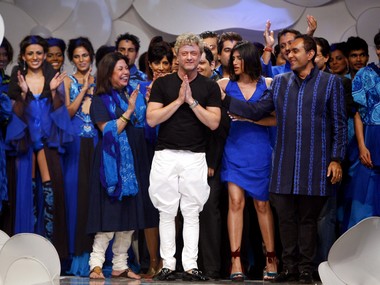 Rohit Bal (C) poses with models and designers. Reuters[/caption] Under section 22 of the Copyright Act, the term of protection granted to copyright-holders subsists during the life of the copyright-owner and for 60 years thereafter. According to section 15 (1) of the Copyright Act, protection under the Copyright Act is not applicable to designs which are registered under the Designs Act. Therefore, once a clothes’ design is registered under the Designs Act, the Copyright Act will not apply to it and the work will only enjoy protection under the Designs Act. If a design (which is capable of being registered under the Designs Act) has not been registered, it will be protected under section 15(2) of the Copyright Act; however, the copyright protection will expire on an unregistered design if the design has been reproduced on more than 50 articles. Issues in copyright protection of designer clothing Two kinds of designs are conceivable in clothes, namely, a drawing applied on any garment and the shape/design of the clothes (which does not necessarily bear any drawing). An example of the first kind of design is a t-shirt which bears the words, ‘I love Mumbai’ printed on the front. The shape of the t-shirt may be commonplace such as a typical round neck half sleeve t-shirt. In this case, the designer would get the drawing design, i.e. the words, ‘I love Mumbai’ (printed in a particular manner- using a unique combination of words, colours and figures) registered under the Designs Act. The second kind of design refers to the design of the clothes itself and includes elements such as shape of the garment, the style in which it has been cut and tailored, and the fabric of the garment. This kind of design is often the subject-matter of IP disputes involving designer clothes. For instance, _lehenga_s designed by Rohit Bal do not have any ‘drawing’ element, and it is the lehenga, the item itself, on which IP protection is sought. Anybody who copies the style of the lehenga would be fraudulently imitating Rohit Bal’s lehenga. So if Rohit Bal designs a particular lehenga style originally in pink, and a person creates a knock-out of that lehenga in black, this would still amount to piracy of Rohit Bal’s designs. This is because under the Designs Act, a ‘design’ also includes the “shape, configuration, pattern, ornament” of any article. In cases of design infringement of clothes relating to their shape/style etc., it may become very difficult for a judge to decide where to draw the line between ‘permissible copying’ and design piracy. Designer clothes are often improvisations of existing styles of clothes. Therefore, another issue which arises is whether every design is ‘original’ enough to merit protection? To illustrate, a ‘Kerala Kasavu’ sari is a handwoven cream sari with a golden border, worn traditionally by women in Kerala. There are designer Kerala Kasavu saris also available. In designer Kerala Kasavu saris, the basic design (cream sari with a gold border) remains the same. Therefore, the creativity or originality of the designer will perhaps lie merely in the design of the blouse or any print added to the sari. Should such designer saris, which are themselves based on an existing design (namely, the kerala kasavu sari), be afforded copyright protection under the Designs Act? Secondly, if someone designs the same blouse (as the original designer) for a kerala kasavu sari but adds a different ‘print’ to the sari, will this amount to design piracy of the original design? In the absence of a landmark judgment in India on the issue of design piracy involving designer clothes, it is best to assume that only obvious/identical imitations or imitations with minor differences (such as colour) would be considered design piracy. Laws protecting fashion designers In the UK, the original drawing/graphic work on an item and 2-D items such as textiles are protected under the UK Copyright, Designs and Patents Act 1988; the copyright protection under the 1988 Act subsists during the life of the copyright owner and for 70 years thereafter. Similarly in the US, fabric prints are protected for a term spanning the life of the designer plus 70 years. Another form of IPR in the US is ‘design patent’ which protects the “ornamental design of a functional object” such as ornamental design of a mobile phone, watch, jewellery, etc. The term of protection for design patents is 14 years; however, it is difficult to obtain design patents for clothes. Interestingly, in 2012, the Design Piracy Prohibition Bill (also known as the ‘Fashion Bill’) was introduced in the US Congress which aimed to provide protection to fashion designs for a term of three years. However, the Bill was not subsequently enacted. Indian fashion designers have become more vigilant about copycat designers and have taken to shaming those who steal their designs. No doubt, designers invest significant time and resources in designing and marketing their clothes, and incur huge economic losses due to rip-offs of their work. A sui generis (of its own kind) protection for the IP of fashion designers, similar to the Fashion Bill in the US, could be a good way to protect fashion designers’ rights in India. A law exclusively for fashion designers’ IPR can also clarify the murky issues in design piracy and infringement of fashion designs relating to clothes. (The author is a research fellow at Centre for WTO Studies, Indian Institute of Foreign Trade. She is also a volunteer at Strategic Advocacy for Human Rights (SAHR). Views expressed are personal.)
Designer clothes are often improvisations of existing styles of clothes. Therefore, another issue which arises is whether every design is ‘original’ enough to merit protection?
Advertisement
End of Article


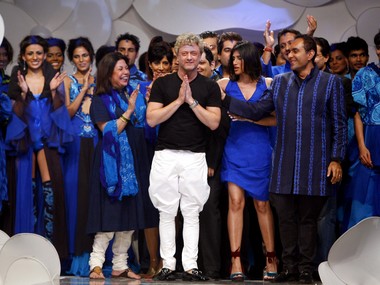)
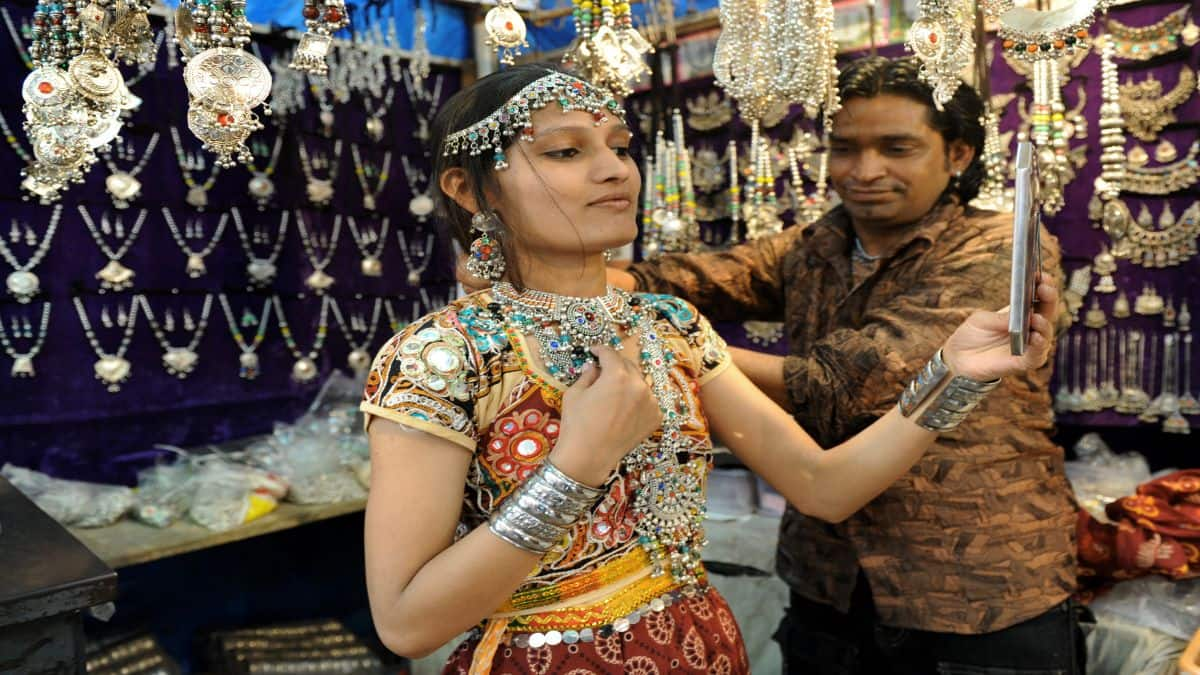
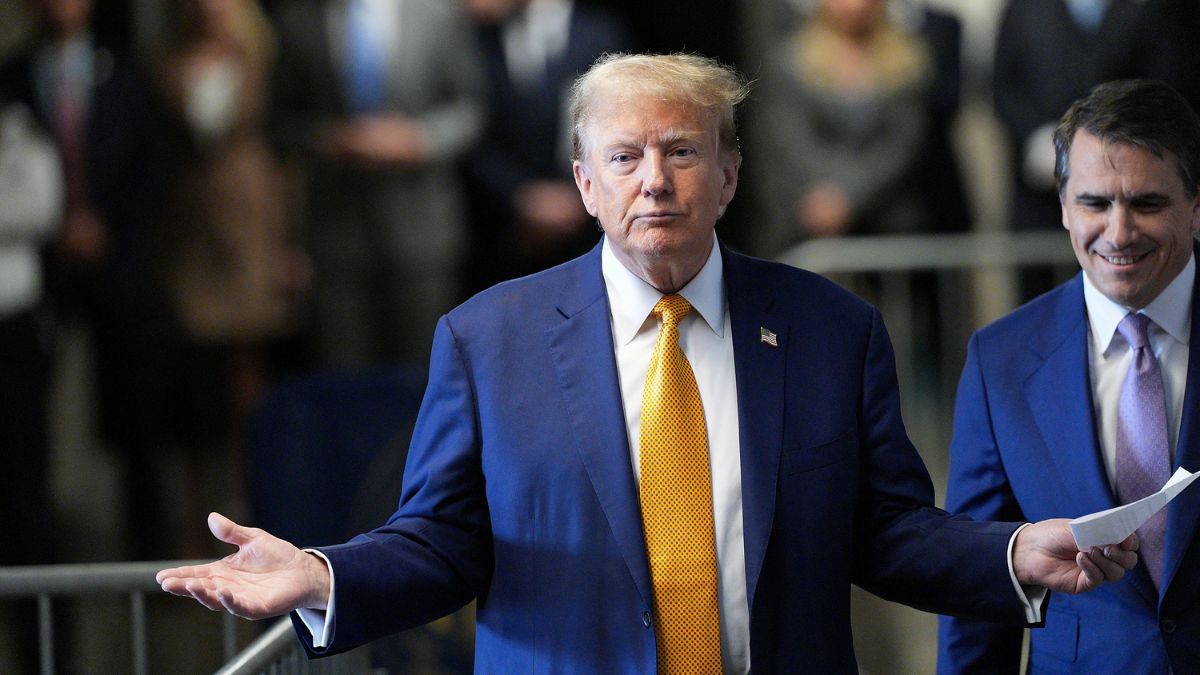)
)
)
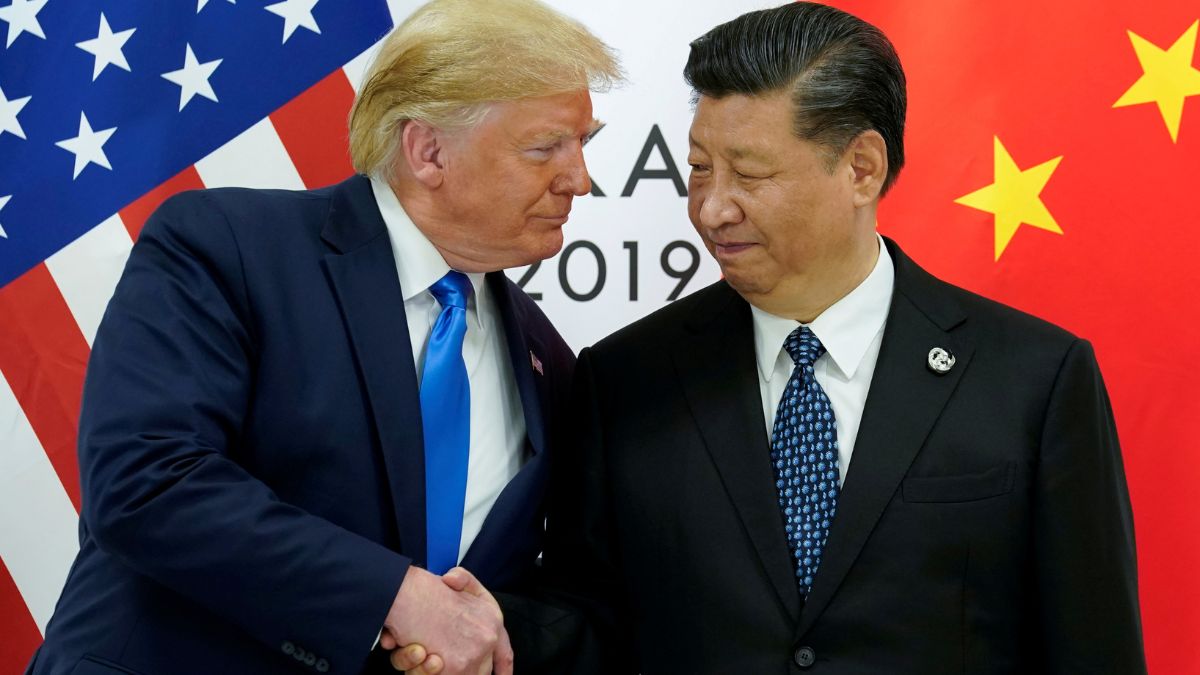)
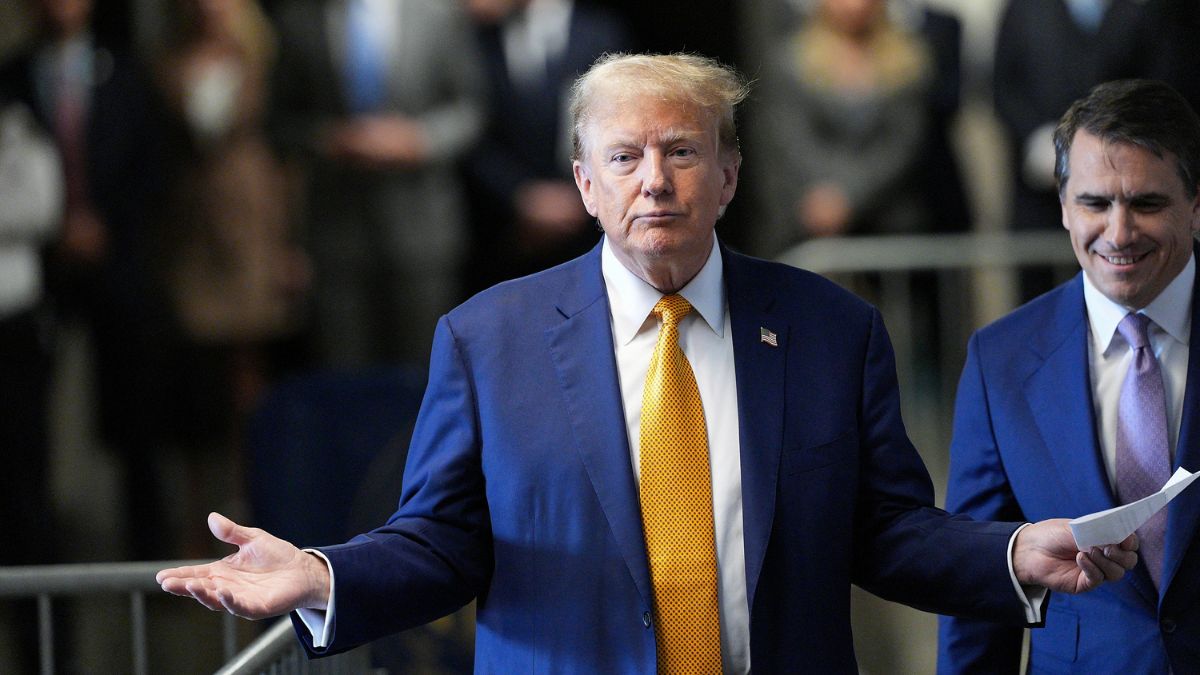)
)
)
)



